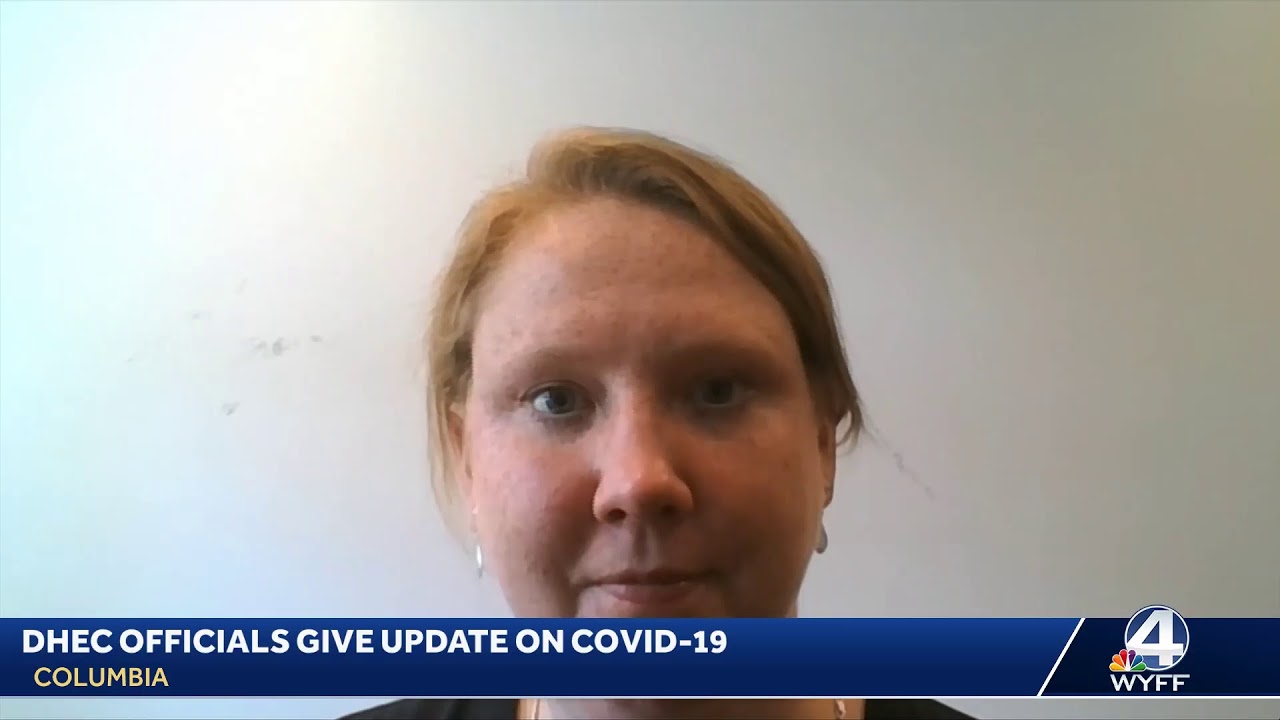get ready for the Perseus meteor shower, one of the greatest celestial shows of the year. NASA says meteor started appearing in the sky in late July, but the best is yet to come. The shower will peak in the predawn hours of Wednesday, August 12th between about 2 a.m. Local time, and then the sun starts to rise. Not a morning person. You could still spot a few Meteors after 9 p.m. On August 11th. Meteors, you’ll see, come from the debris left behind by the comet Swift Tuttle. Unfortunately, this year, the moon’s phase will hinder the view as the shower peaks. So instead of seeing over 16 years per hour, you’ll only see about 15 to 20. But it’s definitely still worth checking out. NASA says you have the chance to see nearly one meteor every few minutes during the peak to spot them, get away from bright lights and let your eyes adjust to the darkness for about 30 minutes.
Advertisement
Look up! The brightest meteor shower of the year peaks this week
Under optimal viewing conditions, up to 100 meteors could be visible every hour.
This summer has been a strange one, to say the least.But as the dog days of summer set in, even if you haven’t been able to sneak away to the beach or take a road trip, there’s still one annual phenomenon with the power to lift anyone’s spirits: the Perseid meteor shower.The Perseid meteor shower began on Friday, July 17 and will remain until the early hours of Monday, Aug. 24, lasting just over a month.The cosmic show peaks late on Tuesday, Aug. 11 and into the pre-dawn hours of Wednesday, Aug. 12, according to the American Meteor Society (AMS). Considered the best meteor shower of the year, the Perseids are fast, bright, and colorful, making for a spectacle that even the most casual viewer can spot.Each night, the meteors will be most visible between 10 p.m. and 4:40 a.m. in your area, according to the Griffith Observatory.At its peak, NASA reports up to 100 meteors an hour may be counted (although 50 to 75 is more likely for the average person in a rural location). Even if you haven’t been watching since July 17, the Perseids will only get stronger this week.Each year, Earth passes by debris from the comet Swift-Tuttle, which burns up in our atmosphere, appearing as shooting stars. The Perseids get their name from the constellation Perseus—they appear to originate from that spot in the northern sky, AMS reports.To get the best possible view of the meteor shower, find a dark spot outside and try to block artificial light as much as possible. It’s also best to lay down completely — so spread out on a blanket instead of craning your neck to the sky in a chair. Even though they should be visible all night, the meteors will be brightest before dawn, so plan accordingly and enjoy the view!
This summer has been a strange one, to say the least.
But as the dog days of summer set in, even if you haven’t been able to sneak away to the beach or take a road trip, there’s still one annual phenomenon with the power to lift anyone’s spirits: the Perseid meteor shower.
Advertisement
The Perseid meteor shower began on Friday, July 17 and will remain until the early hours of Monday, Aug. 24, lasting just over a month.
The cosmic show peaks late on Tuesday, Aug. 11 and into the pre-dawn hours of Wednesday, Aug. 12, according to the American Meteor Society (AMS). Considered the best meteor shower of the year, the Perseids are fast, bright, and colorful, making for a spectacle that even the most casual viewer can spot.
Each night, the meteors will be most visible between 10 p.m. and 4:40 a.m. in your area, according to the Griffith Observatory.
At its peak, NASA reports up to 100 meteors an hour may be counted (although 50 to 75 is more likely for the average person in a rural location). Even if you haven’t been watching since July 17, the Perseids will only get stronger this week.
Each year, Earth passes by debris from the comet Swift-Tuttle, which burns up in our atmosphere, appearing as shooting stars. The Perseids get their name from the constellation Perseus—they appear to originate from that spot in the northern sky, AMS reports.
To get the best possible view of the meteor shower, find a dark spot outside and try to block artificial light as much as possible. It’s also best to lay down completely — so spread out on a blanket instead of craning your neck to the sky in a chair. Even though they should be visible all night, the meteors will be brightest before dawn, so plan accordingly and enjoy the view!











